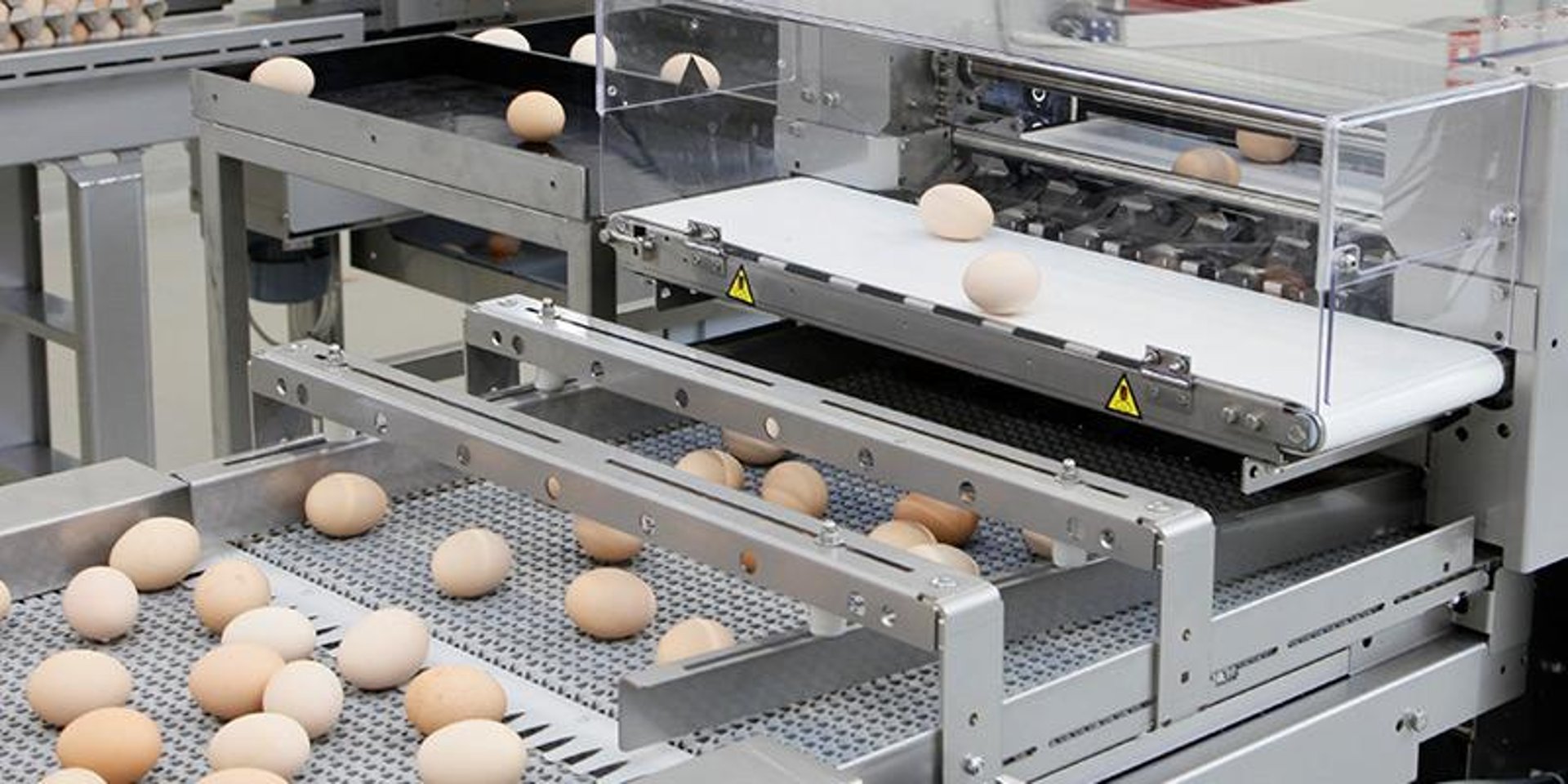
Systems and Standards for Chicken Egg Classification Worldwide: A Global Analysis
The classification of chicken eggs is an essential process to ensure the quality, safety, and proper marketing of this staple food worldwide. Different countries and regions have established specific systems and standards that regulate aspects such as weight, freshness, size, color, and production conditions.
ANIMAL PRODUCTION
2/27/20253 min read
The classification of chicken eggs is an essential process to ensure the quality, safety, and proper marketing of this staple food worldwide. Different countries and regions have established specific systems and standards that regulate aspects such as weight, freshness, size, color, and production conditions. This article explores the main egg classification systems used globally, their characteristics, and their impact on the poultry industry.
1. Classification by Weight and Size
One of the most common criteria for classifying eggs is their weight, which determines their size. This classification varies slightly between regions but follows similar principles:
European Union (EU):
XL (Extra Large): Over 73 grams.
L (Large): Between 63 and 73 grams.
M (Medium): Between 53 and 63 grams.
S (Small): Less than 53 grams.
United States:
Jumbo: 70 grams or more.
Extra Large: 63.5 to 70 grams.
Large: 56.7 to 63.5 grams.
Medium: 49.6 to 56.7 grams.
Small: 42.5 to 49.6 grams.
Peewee: Less than 42.5 grams.
Japan:
LL (Extra Large): Over 70 grams.
L (Large): Between 64 and 70 grams.
M (Medium): Between 58 and 64 grams.
MS (Small-Medium): Between 52 and 58 grams.
S (Small): Less than 52 grams.
This weight-based classification is crucial for marketing, as consumers often prefer specific sizes for their culinary needs.
2. Classification by Quality and Freshness
Egg quality is primarily assessed by freshness and the integrity of the shell, egg white, and yolk. Standards vary according to local regulations:
European Union (EU):
Grade A: Fresh, high-quality eggs with intact shells and firm egg whites. These are the only eggs sold directly to consumers.
Grade B: Second-quality eggs, intended for the food industry (e.g., processed products).
Grade C: Eggs not suitable for human consumption, used in non-food industries (e.g., cosmetics).
United States:
Grade AA: Eggs with firm whites and high yolks, considered the freshest.
Grade A: Similar to AA but with slightly less firm whites.
Grade B: Eggs with thinner whites, intended for the food industry.
Japan:
Special Grade: Eggs with very firm whites and centered yolks, intended for direct consumption.
Standard Grade: Good-quality eggs but with less firm whites.
3. Classification by Production System
Animal welfare and production conditions are increasingly important to consumers. Many countries have implemented labeling systems that indicate how hens are raised:
European Union (EU):
0 (Organic): Hens raised outdoors with organic feed.
1 (Free-Range): Hens with access to the outdoors.
2 (Barn): Hens raised indoors with limited space.
3 (Caged): Hens raised in cages.
United States:
Certified Organic: Eggs from hens raised with organic feed and outdoor access.
Free-Range: Hens with outdoor access, though not always guaranteed.
Cage-Free: Hens raised without cages but not necessarily with outdoor access.
Australia:
Free-Range: Hens with outdoor access during the day.
Barn-Laid: Hens raised indoors without outdoor access.
Cage: Hens raised in cages.
4. Classification by Shell Color
Although shell color does not affect nutritional quality, some markets classify eggs based on this criterion due to cultural preferences:
Brown Eggs: Preferred in Europe and North America for their perceived "natural" quality.
White Eggs: Dominant in the United States and Mexico due to their low cost and use in baking.
Blue/Green Eggs: Considered gourmet in markets like Chile and the U.S.
5. Labeling and Traceability Regulations
Traceability is key to ensuring food safety and transparency:
EU: Eggs must have a printed code indicating the country of origin, production system, and specific farm.
U.S.: The USDA requires eggs to include an expiration date and quality grade.
Japan: Eggs must display the laying date and production method.
6. Innovations in Egg Classification
Technology is revolutionizing egg classification:
Automated Machines: In countries like Germany and Japan, robots classify eggs by weight, size, and quality in seconds.
Blockchain: Companies like Nestlé use blockchain to track the origin and production conditions of eggs.
Artificial Intelligence: AI systems analyze egg images to detect shell defects or internal abnormalities.
Conclusion
Egg classification systems and standards are fundamental to ensuring quality, safety, and consumer satisfaction. Although there are regional differences, all systems share the goal of protecting consumers and promoting ethical and sustainable practices in poultry production. As the industry evolves, the adoption of advanced technologies and stricter regulations will continue to improve transparency and efficiency in egg classification, ensuring that this essential food remains safe and accessible for all.
AgroPetEd
Information about animals and agricultural practices
© 2025. All rights reserved.
